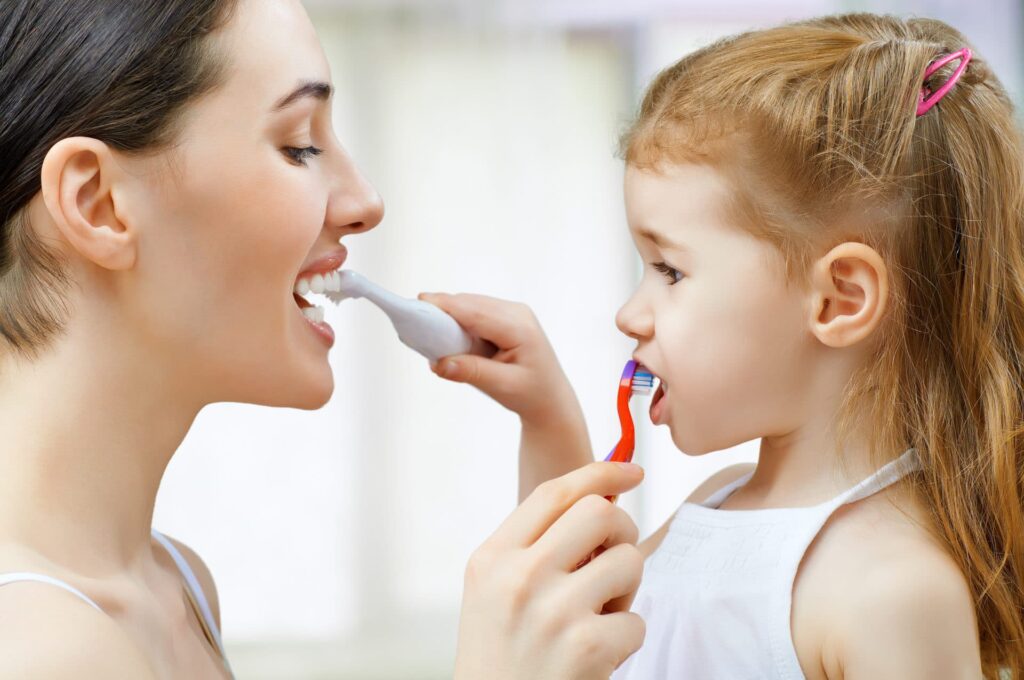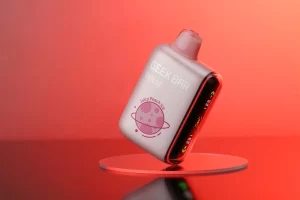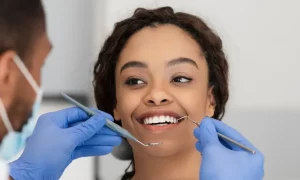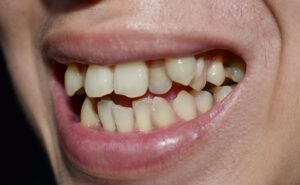Effective Ways To Clean Your Teeth At Home

A healthy smile and general well-being depend on maintaining good dental hygiene. Regular tooth cleaning is a crucial aspect of oral hygiene. Professional dental cleanings are necessary, but maintaining good oral hygiene at home is just as important. You may properly clean your teeth at home and avoid several dental problems by developing a regular routine and employing the proper methods and equipment.
Plaque and tartar accumulation is a common issue that can result in tooth damage, gum disease, and poor breath. As the Powell, TN dental services suggest, the foundation of at-home dental care is consistent tooth brushing and flossing. It’s crucial to remember that routine dental checkups and cleanings are still required.
Crucial techniques for maintaining optimal oral hygiene:
- Brushing Technique
Use a soft-bristled toothbrush and fluoride toothpaste when brushing your teeth. The brush should be held with your teeth and gums at a 45-degree angle. All surfaces of your teeth, including the front, rear, and chewing surfaces, should be carefully scrubbed in a circular motion. Do not forget to brush your tongue to get rid of bacteria and freshen your breath. Try to brush for two minutes at least twice every day.
- Flossing
The best way to get rid of plaque and food scraps from between your teeth and along the gum line is to floss. With a part to work with, wrap your middle fingers in roughly 18 inches of dental floss. Slide the floss between your teeth slowly, creating a C-shaped motion around each tooth. Transversely move the floss.
- Mouthwash
After brushing and flossing, rinse your mouth out with an antibacterial mouthwash. Mouthwash can get to places where brushing and flossing might not be able to, destroy bacteria, and refresh breath. To further prevent tooth decay, pick a mouthwash that contains fluoride.
- Interdental Brushes
Interdental brushes are tiny, conical brushes that may clean confined spaces between your teeth. In the event that you have gaps or spaces between your teeth, they are especially helpful. Brushing back and forth between your teeth will eliminate plaque and other debris.
- Water Flossers
Water flossers use a water stream to clean between your teeth and along the gum line. They are sometimes referred to as oral irrigators. They make a great substitute for people who find flossing with standard methods difficult or uncomfortable. Aim the water stream between your teeth and move along the gumline, covering all areas.
- Tongue Scraping
Use a scraper or the back of your toothbrush to clean your tongue gently. On the tongue’s surface, bacteria and food particles can assemble and cause bad breath. From the back to the front of your tongue, scrape with the scraper or brush, washing it with water between each stroke.





